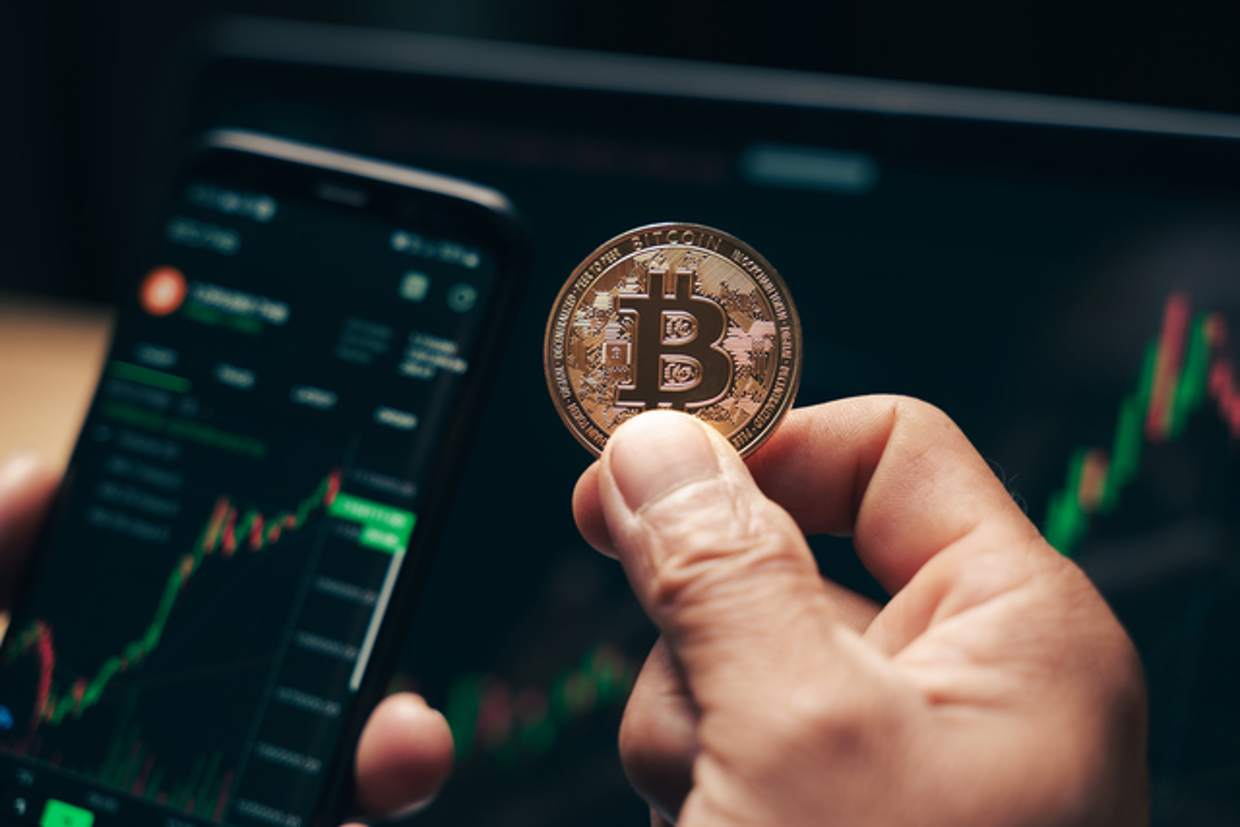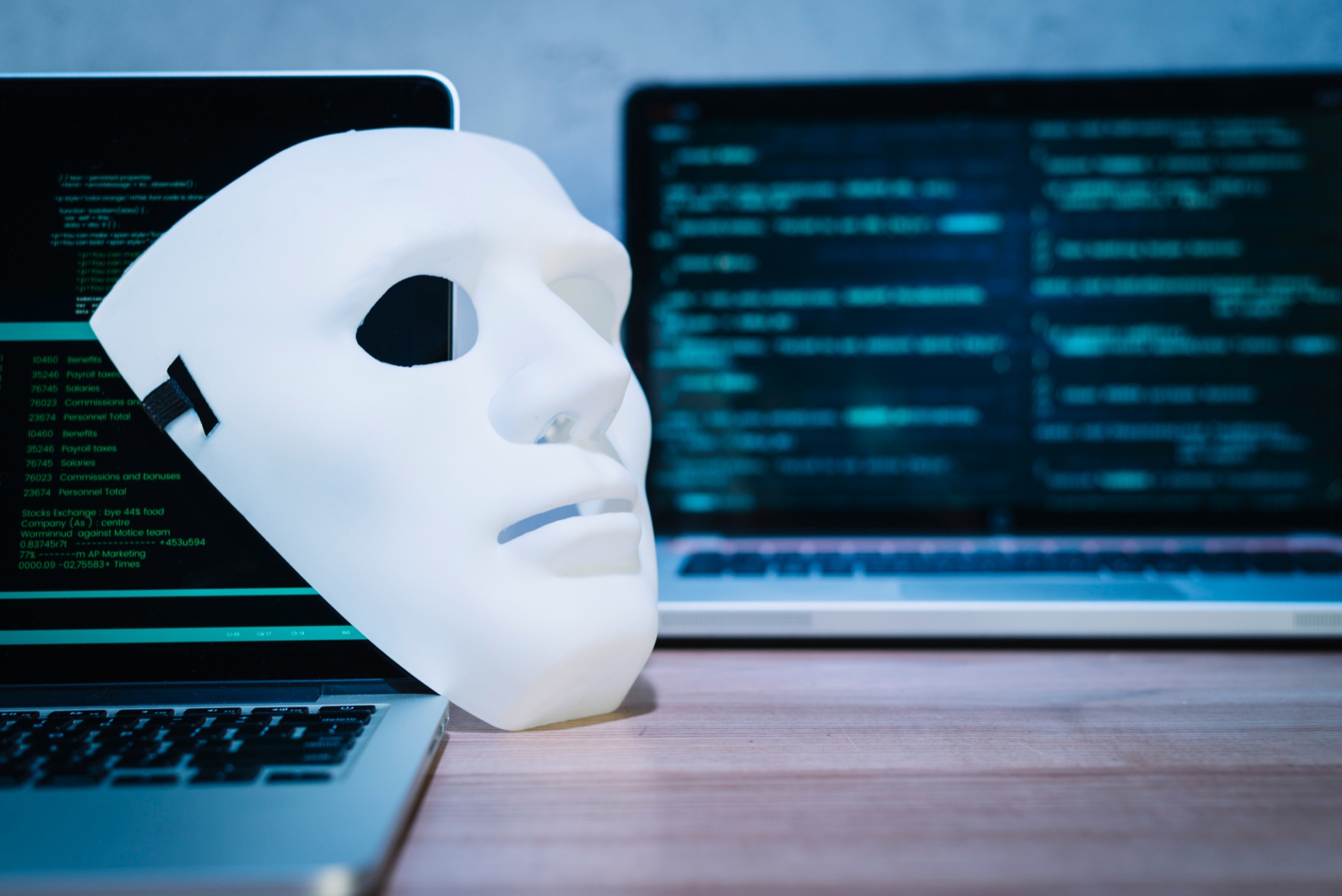The world of cryptocurrency is a fascinating one. From blockchains to tokens to decentralization, these digital assets have revolutionized how we do business.
One of the most important events for crypto miners and traders is the halving events. It’s a phenomenon that occurs in all major cryptocurrencies, like Bitcoin, Litecoin, Ethereum, etc…
By understanding how these halving events work, crypto miners can better plan their mining activities, and traders can make better decisions about when to buy and sell.
Let’s dive into the world of crypto halving and understand what it is and how it works!
What is Halving Crypto?
Halving was first introduced in Bitcoin mining. The creator of Bitcoin, Satoshi Nakamoto, coded Bitcoin in a manner that after 210,000 blocks are mined, the block reward is cut in half.
Let’s take a look at some examples to understand halving better:
The first ever Bitcoin mining reward was distributed back in 2009. In 2009, miners received 50 BTC for every new block mined. The first halving event occurred 3 years later in 2012. This means 210,000 blocks were mined, and the block reward was cut in half to 25 BTC.
4 years later in 2016, the next halving event occurred and the reward was cut down to 12.5 BTC. Then it happened again in 2020 and the reward decreased to 6.25 BTC.
The next halving event is expected to take place in 2024, and the reward will be cut down to 3.125 BTC! This event will keep repeating until all 21 million Bitcoins have been mined, which is expected to happen by the year 2140.
What is The Point of Halving?
The simple answer is “The Law of Supply and Demand” – if Bitcoin’s supply was unlimited like fiat currencies, it would be worth much less.
We can compare it to Gold. Gold can’t be magically created like fiat currency, it has to be mined and there is a limited supply on Earth. This makes gold so valuable and its price steadily increases over time.
Halving works the same way for cryptocurrencies, it limits their supply and keeps their price stable.
How Does The Halving Procedure Affect The Subsequent Rate of Cryptocurrency?
When the block reward gets halved, it reduces the number of coins in circulation. This means there will be fewer coins left for trading. This could potentially lead to a price increase because of limited supply.
One of the major halving events just happened this month – we are talking about Litecoin halving on 2nd August 2023.
Let’s dive deep and understand how this event will affect the subsequent rate of Litecoin:
Litecoin, also known as the original altcoin was created back in 2011. Both Bitcoin and Litecoin have many similarities since they both use similar algorithms with a few minor differences.
However, they both go through halving events, and the most recent Litecoin halving happened on 2nd August 2023.
Similar to Bitcoin, Litecoin also cuts its reward in half after every 840,000 blocks mined, which approximately occurs every 4 years.
Litecoin paid 50 LTCs back in 2011 during its first halving and then it cut down to 25 LTCs after the second halving event in August 2015. Then again in August 2019, the reward was cut down to 12.5 LTCs.
The recent halving event on 2nd August 2023 cut down the Litecoin rewards to 6.25 LTCs per block mined! The next halving event is suspected to take place in 2027 when the reward will be cut down to 3.125 LTCs per block mined.
Is Halving Associated With The Onset of a Bull Cycle?
Cryptocurrencies are very unpredictable when it comes to price movement. Many factors affect crypto prices such as
- News events
- Technological advances
- Government regulations
- Public hype and trends
- Market manipulation, etc…
However, no proof suggests that halving events have a direct influence on the onset of a bull cycle.
However, according to some experts, the year after a halving event could be considered a bull year for Bitcoin and other cryptocurrencies. This is mainly because during halving events the production of coins is reduced so the demand for crypto goes up.
Since the price of cryptos rises steadily, it can cause a bull market.
When to Wait For Bitcoin Halving and How it Will Change The Market?
The next Bitcoin halving is most likely to take place in 2024, which can disrupt the crypto market to some degree.
According to data received from the previous halving events, these events are generally seen as a positive thing for Bitcoin’s prices.
For example, after 150 days of every halving event, Bitcoin prices have increased. For example, in 2012, the price of Bitcoin on the halving day was $12.35. But after 150 days it reached $127.
Similarly, after the 2016 halving event, Bitcoin prices increased from $650.53 to $758,81 after 150 days! In 2020, the prices went up from $8,821.42 to $10,943 after 150 days.
How Will It Change The Market?
Here are some of the things that might happen after the 2024 Bitcoin halving event:
- Increased demand for Bitcoin, which can lead to increased price of Bitcoin
- More cryptocurrency traders and investors entering the market
- Increased attention from mainstream media
- The rewards will be cut down from 6.25 BTC to 3.125 BTC
- Price volatility will increase
- More trading activities because of the fewer Bitcoins will be left
Halving events can have a significant impact on the cryptocurrency markets. We can only guess how the market will respond to the upcoming halving event in 2024.
Conclusion
Halving is an important event for cryptocurrencies. It helps to keep their prices stable, increasing the value of these digital assets over time. By understanding how halving works, traders can make informed decisions and create successful strategies. It’s important to stay updated with the latest market news and events to make the most of these opportunities.





Most commented